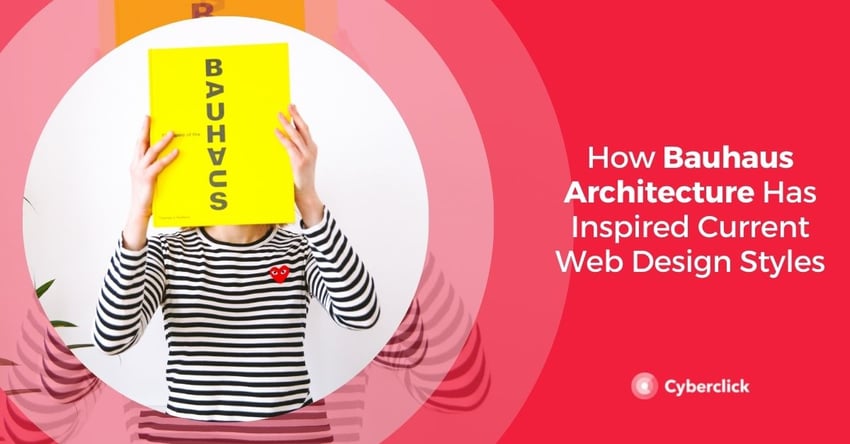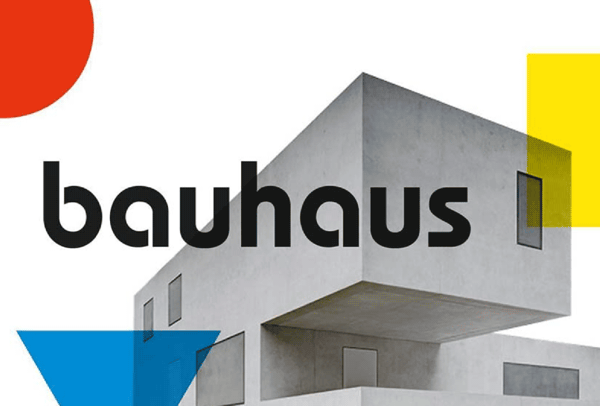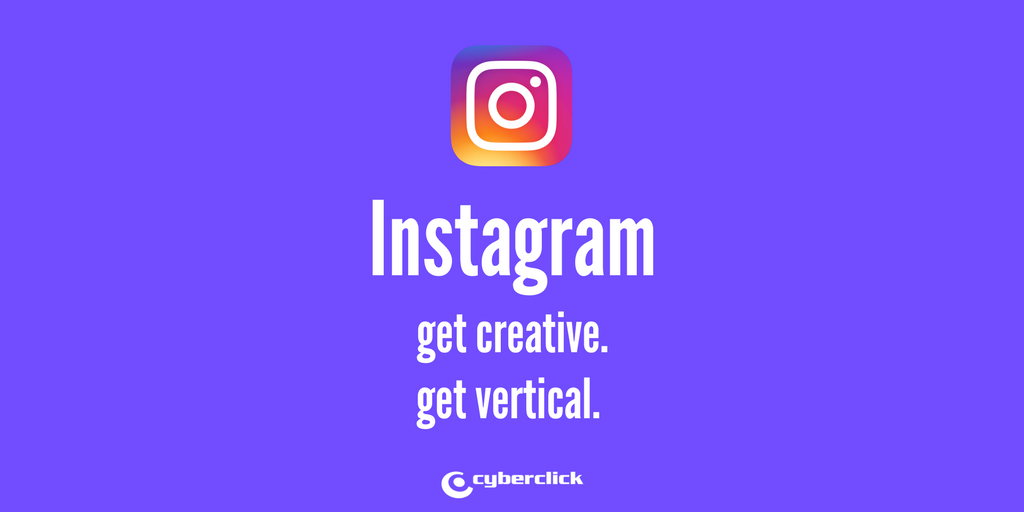Web design professionals know that their discipline is inspired by many different art movements, so its history goes back much farther than the invention of the internet.
One of the most influential ideologies in art history is Bauhaus architecture, which, despite having emerged more than a century ago, has a lot of influence in today's web designs. Let's see how.


What Is the Bauhaus Ideology?
The Bauhaus movement is a modern art movement that combines a wide variety of materials and disciplines. It was founded by Walter Gropius in Germany and was the most popular in the 1920 and 1930s.
Bauhaus emerged as an art school in the early 20th century. Over time, it became a full-fledged art movement characterized by its minimalist approach to architecture and design.
Today, Bauhaus aesthetics and ideology are widely known and valued for their unique look and have had a big impact on current graphic design styles.

5 Bauhaus Principles in Web Design
-
Form follows function: This is the primary concept that shapes Bauhaus ideology. Bauhaus designs use geometric shapes and elegant layouts, but always keep the focus on the elements. In the same way, when designing a website, you have to first think about the function of each element for users. It should always take precedence over visual impact, but that does not mean that both can't be achieved.
-
Unify disciplines: Walter Gropius's vision was to unify all disciplines and abandon the distinction between artists and craftsmen. In web design, this makes sense, because there are a wide variety of digital formats that you can combine to bring your website to life.
-
Minimalism: The Bauhaus ideology opts for straight and geometric lines. Bauhaus artists sought a clean design, with pure forms and without unnecessary ornamental elements. This philosophy is very useful for designing clear and functional web pages and applications.
-
Emphasis on new materials and techniques: Bauhaus artists were constantly looking for new materials and techniques to apply to their designs. Today, the evolution of technology has provided new resources to apply to web design, so you can follow the spirit of Bauhaus ideology while also looking for new ways to elevate it in your designs.
-
Constant evolution: A key aspect of the Bauhaus ideology is to constantly look for ways to evolve and innovate. Since we work in an environment where technology and user preferences are constantly changing, web design has to embrace this principle and accept constant change as a way to progress.
Responsable de Diseño y de la Experiencia del Usuario (UX) en Cyberclick. Se encarga de la conceptualización creativa de campañas y diseño gráfico, así como la optimización de los materiales para diferentes entornos y dispositivos. Colabora en proyectos estratégicos aportando una visión de producto centrada en el usuario.
Design and User Experience (UX) at Cyberclick. Sol is responsible for the creative conceptualization of campaigns and graphic design, as well as the optimization of materials for different environments and devices. Sol collaborates on strategic projects providing a user-centered product vision.





Leave your comment and join the conversation